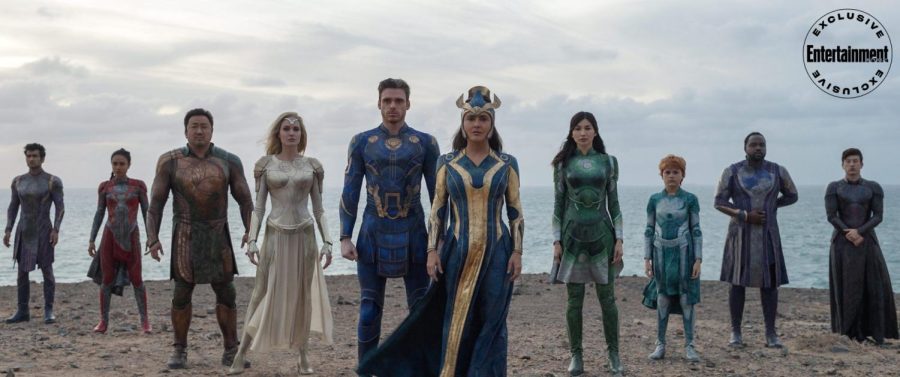Katsuhiro Otomo’s pivotal anime film “Akira” has reached the 25th anniversary of its release. In commemoration of this event, translation and dubbing giant Funimation has commissioned a new American home release and limited theatrical run.
Even two and a half decades past its initial release, Japanese culture and American anime fan subculture remains shrouded in this film’s shadow, making it an essential artifact of global culture in addition to a truly great film.
It is notable that the marketing copy for the film, including the descriptions on the back of the new Blu-ray box set, de-emphasize plot details for somewhat overheated description of “Akira’s” importance to the history of animation and Japanese culture in general.
The story recounted in the film, which is based on a voluminous manga series completed only two years after the adaptation was released, cannot be easily summarized in a paragraph or two.
Broadly, however, it follows the story of Neo-Tokyo, rebuilt after the original was decimated by a huge explosion in 1988. Thirty-one years later, the city is preparing for the 2020 Olympic games and dealing with a rash of youth crime, mass protests, pollution and general stagnation.
Into this morass step Kaneda and Tetsuo, two childhood friends and members of a petty biker gang. After Tetsuo has an explosive run-in with a strange psychic child, he is whisked away for medical testing, beginning the city’s long and horrific slide into apocalyptic chaos.
Especially in its final act, “Akira” is a phantasmagorical spectacle of a movie; its scenes of grotesque mutation, citywide destruction and everything in between are exquisitely animated. It set a new high bar for animation quality in Japan. Beyond that achievement, however, it has left its mark on almost all anime production since, especially in depictions of organic and technological interaction.
On television, the most prominent vector for this film’s influence is “Neon Genesis Evangelion,” another apocalyptic animated work which ignited its own obsessive fan movement less than a decade after the release of “Akira.”
Similarly concerned with the blurring line between organic and synthetic and a clash between different generations, the show recasts many of the more universal concepts of the film and puts them in a more personal light.
“Evangelion,” however, is only the most obvious example of this film’s persistent influence in Japanese filmmaking, manga and television industries. While depictions of widespread urban destruction have been integral to Japanese culture since the American nuclear bombing of Hiroshima and Nagasaki — Godzilla being the most prominent early example — “Akira” left such a distinctive stamp that one cannot help but recall it when watching any such scenes staged after 1988.
The film also became a surprise cult hit in the United States. Bootlegged copies became staples of underground college film showings, and its notoriety spread from there. Landing in America at the apex of Japanese economic prosperity and power, it helped the nascent Western anime fandom form and grow, especially among young men.
While “Akira” has been a cornerstone of anime culture since its release, it has been widely recognized for its beauty and quality as a work of art as well. Blazing the way for more sophisticated animation filmmaking in Japan and priming a receptive audience in America for more Japanese films and shows, it stands as one of the most important artistic works of the late 1980s, no matter the medium.
Everyone is duly encouraged to see it at least once.




